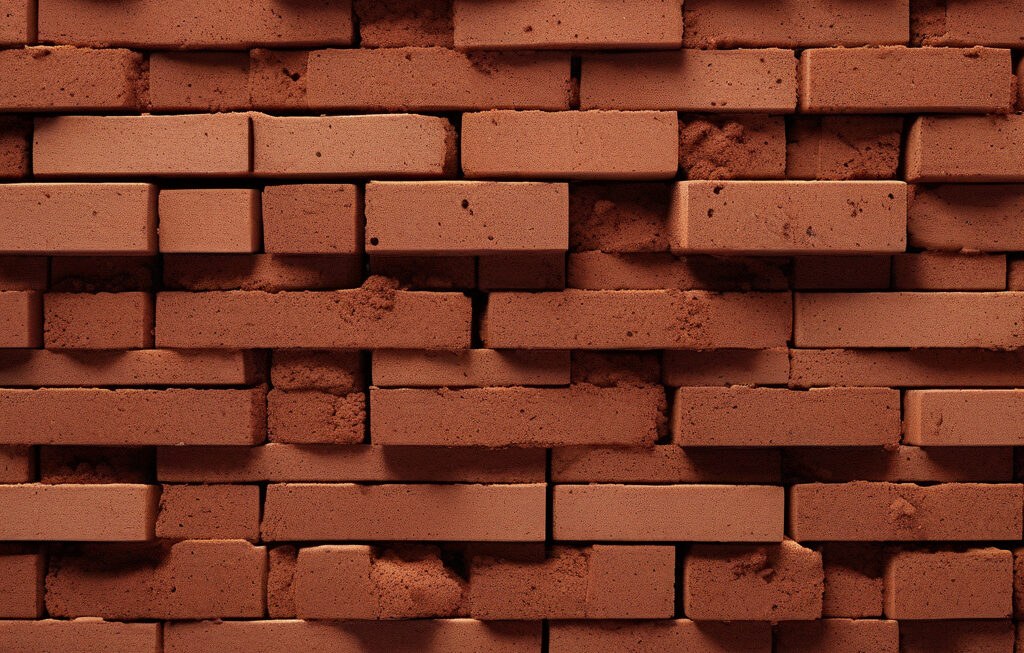100 Earthquakes, Zero Damage: Breakthrough System to Make Buildings Immune to Shocks
Canadian engineers have designed a new structural system that could significantly enhance the ability of buildings to withstand earthquakes. This innovative approach aims to revolutionize the construction industry by making structures virtually immune to seismic shocks, even in the face of 100 earthquakes.
Traditional construction methods often struggle to mitigate the impact of earthquakes, leading to widespread damage and posing a threat to human lives. However, with this new system in place, buildings can remain unscathed despite the intensity of seismic activity. The key lies in the advanced technology and meticulous planning that underpin the design and implementation of this groundbreaking solution.
At the heart of this system is a combination of state-of-the-art materials and engineering techniques that work in harmony to absorb and dissipate seismic energy. By strategically placing these components within the building’s structure, engineers can effectively neutralize the forces generated by earthquakes, preventing any damage from occurring.
One of the core advantages of this innovative system is its adaptability to different types of buildings, ranging from residential homes to commercial high-rises. This versatility ensures that a wide range of structures can benefit from enhanced seismic resilience, ultimately creating safer environments for occupants and surrounding communities.
Moreover, the cost-effectiveness of implementing this system makes it an attractive proposition for developers and builders looking to enhance the durability of their constructions. By investing in proactive measures to prevent earthquake damage, stakeholders can avoid the hefty expenses associated with post-event repairs and reconstruction, thus safeguarding their investments in the long run.
The success of this breakthrough system has already been demonstrated through rigorous testing and simulation exercises, where it consistently outperformed traditional building designs in earthquake-prone regions. The real-world application of this technology in areas with a history of seismic activity has further validated its efficacy, showcasing its potential to revolutionize the resilience of urban infrastructure worldwide.
As we continue to witness the devastating impact of natural disasters on built environments, the need for proactive solutions that can mitigate these risks becomes increasingly apparent. By embracing innovative systems like the one developed by Canadian engineers, we can take a significant step towards creating a more resilient and sustainable future for our cities and communities.
In conclusion, the era of buildings succumbing to the forces of earthquakes may soon be behind us, thanks to the pioneering efforts of engineers who are pushing the boundaries of structural design. With the promise of 100 earthquakes causing zero damage, the prospect of resilient and shockproof buildings is no longer a distant dream but a tangible reality that is within our grasp.
earthquake-resistant, structural engineering, seismic resilience, innovative technology, building durability












